Television has been a medium of influence, entertainment, and reflection of society. Over the decades, certain TV show moments have stood out, not just for their entertainment value but for their cultural and social impact.
These moments have reshaped how stories are told, characters are portrayed, and important issues are tackled on screen. Here, we explore 21 such iconic moments that have left an indelible mark on television history.
The Moon Landing on TV
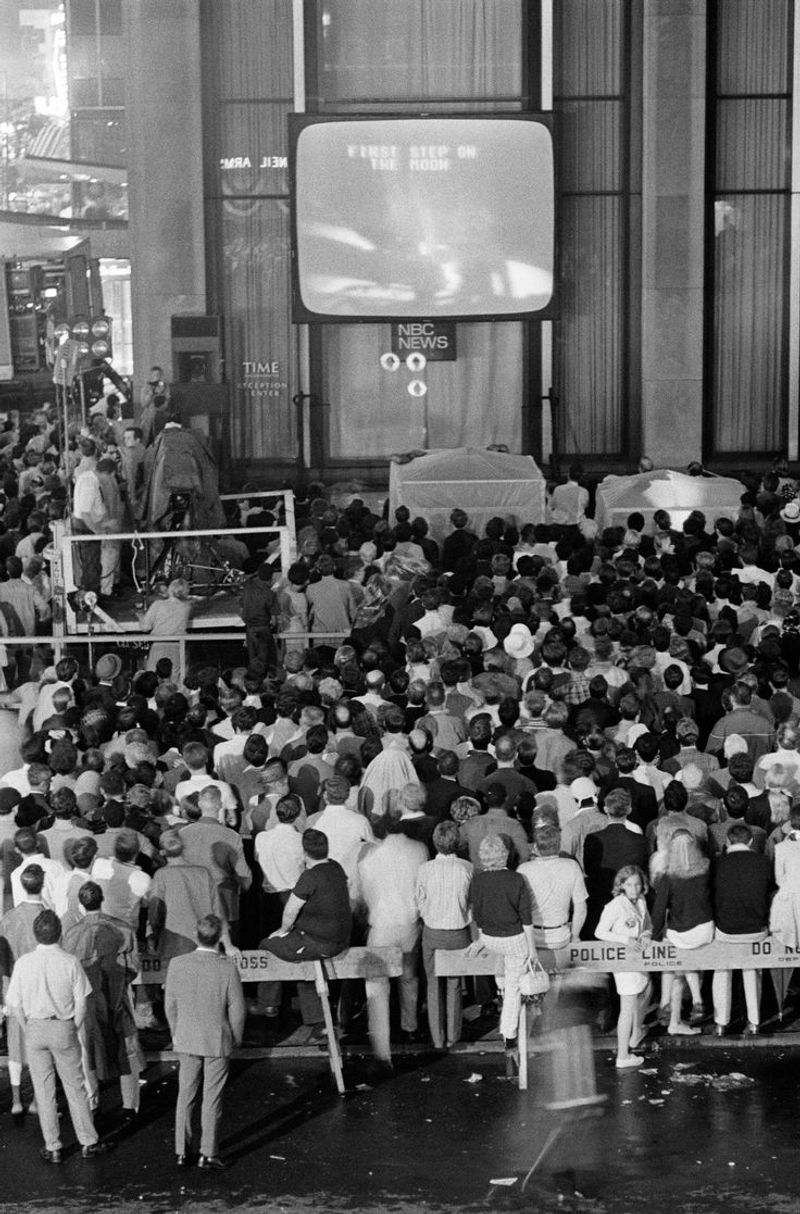
On July 20, 1969, millions gathered around their television sets to witness history in the making. The live broadcast of the Apollo 11 moon landing marked a seminal moment in television history, uniting people around the globe in a shared experience. The grainy black-and-white footage showcased the first human steps on the lunar surface, leaving viewers in awe.
This unprecedented event not only captured imaginations but also demonstrated television’s power to bring distant events into living rooms, forever changing how we consume news and understand the world beyond our reach.
The ‘Who Shot J.R.?’ Phenomenon
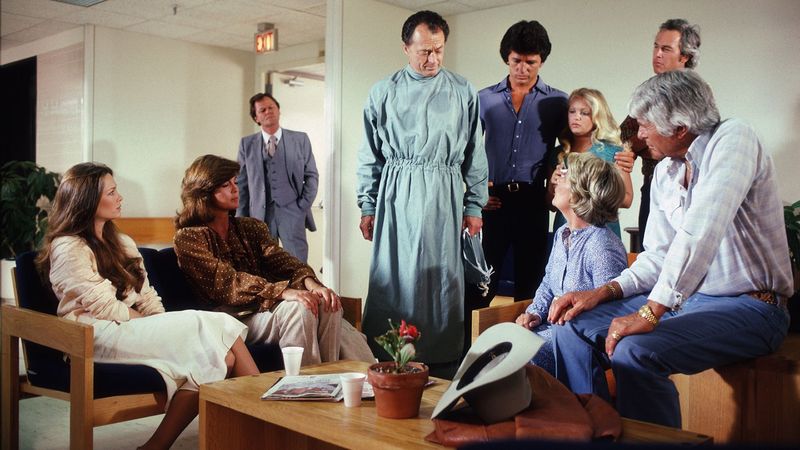
In the summer of 1980, the world was buzzing with one question: ‘Who shot J.R.?’ The cliffhanger from the soap opera ‘Dallas’ left viewers on edge, sparking widespread media coverage and speculation. This moment epitomized the art of suspenseful storytelling in television, setting a standard for future plot twists.
The anticipation and discussion it ignited showcased the communal aspect of television viewing, as millions tuned in to find answers. This cultural phenomenon highlighted TV’s ability to captivate audiences and create moments that transcend beyond the screen.
The Final Episode of ‘MASH’
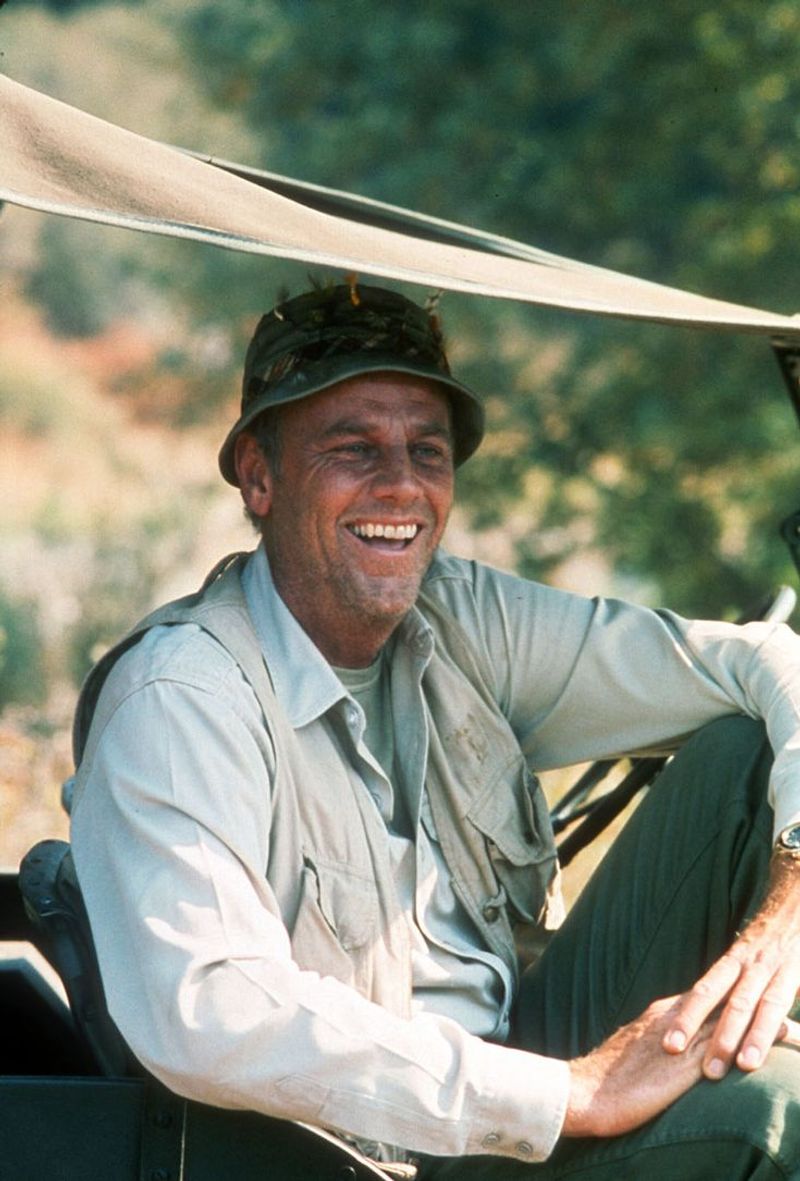
Airing on February 28, 1983, the final episode of ‘MASH’ became one of the most-watched television events in history. The beloved series concluded with a two-and-a-half-hour finale that brought closure to the characters and storylines.
This episode not only drew record-breaking viewership but also underscored the emotional bond between audiences and long-running shows. It highlighted TV’s ability to craft memorable finales that resonate deeply with viewers, cementing ‘MASH’ as a cultural touchstone in television history.
‘The Simpsons’ Debuts
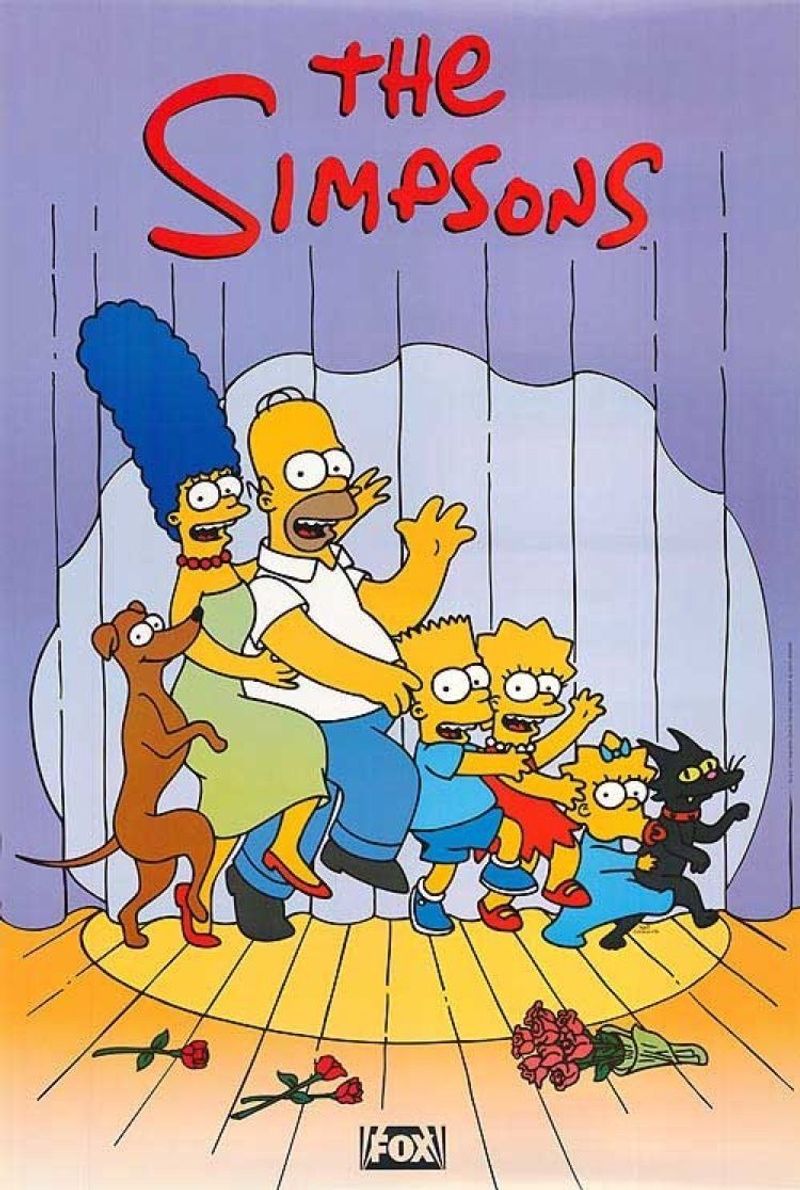
On December 17, 1989, ‘The Simpsons’ debuted on television, forever changing the landscape of animated TV shows. The witty humor, satirical take on American family life, and memorable characters quickly captured audiences’ hearts.
As the longest-running American sitcom, ‘The Simpsons’ set the bar for animated storytelling, influencing countless shows that followed. Its cultural significance and enduring popularity underscore television’s ability to evolve while remaining relevant, proving that animation can be as impactful and insightful as live-action dramas.
Ellen’s Coming Out Episode
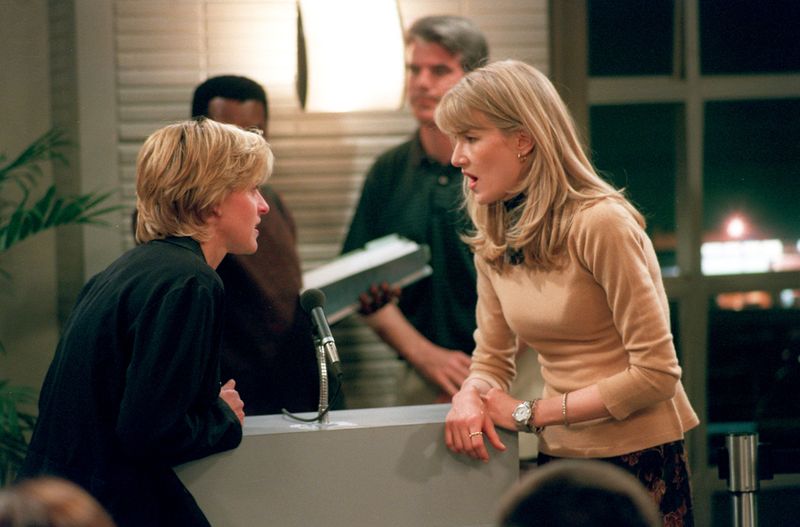
In a brave and groundbreaking episode aired in 1997, Ellen DeGeneres’ character came out as gay on the show ‘Ellen.’ This pivotal moment marked a significant step forward for LGBTQ+ representation on television.
The episode sparked conversations about acceptance and diversity, resonating with audiences worldwide. It demonstrated television’s potential to address important social issues and foster inclusivity. By combining humor with heartfelt storytelling, ‘Ellen’ paved the way for more nuanced portrayals of LGBTQ+ characters, leaving an indelible impact on both viewers and the industry.
Ross and Rachel’s Breakup on ‘Friends’
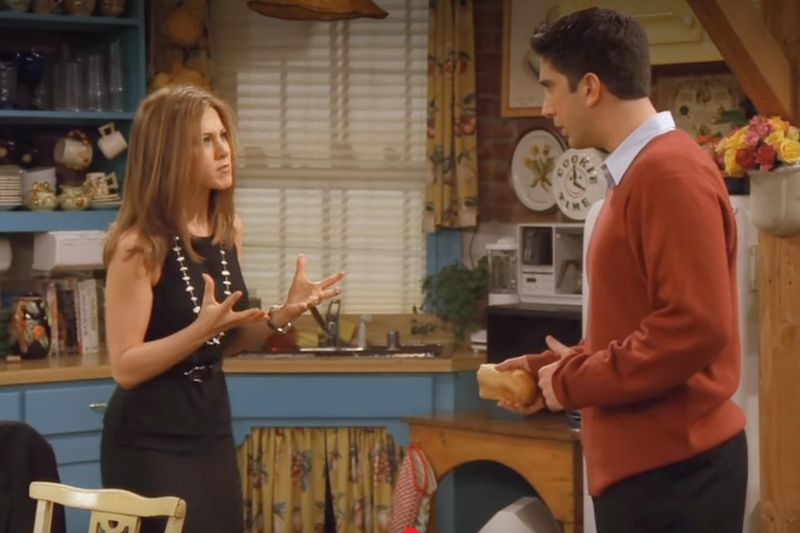
The iconic ‘We were on a break!’ moment from ‘Friends’ became a defining scene in television history, reflecting the complexities of relationships. Ross and Rachel’s breakup resonated with audiences, sparking debates and discussions about love and friendship.
This storyline highlighted television’s ability to delve into relatable themes, making characters’ experiences feel personal to viewers. By blending humor with genuine emotion, ‘Friends’ created memorable moments that continue to resonate, demonstrating TV’s power to capture the intricacies of human relationships.
‘I Want to Believe’ in ‘The X-Files’

Premiering in 1993, ‘The X-Files’ introduced audiences to a world of mystery, conspiracy, and the supernatural. With the iconic phrase ‘I Want to Believe,’ the show captivated viewers’ imaginations, blending science fiction with thriller elements.
The chemistry between Agents Mulder and Scully and the show’s intricate plotlines made it a cultural phenomenon. ‘The X-Files’ demonstrated television’s ability to explore unconventional narratives, leaving an enduring legacy on the sci-fi genre and inspiring a new generation of creators to think beyond traditional storytelling.
‘The Sopranos’ Begins

When ‘The Sopranos’ premiered in 1999, it revolutionized the portrayal of antiheroes on television. Tony Soprano, a complex mob boss juggling family life and criminal activities, became an iconic character.
The show’s nuanced storytelling and depth of character development captivated audiences, proving television could offer cinematic quality narratives. ‘The Sopranos’ paved the way for the ‘Golden Age of Television,’ influencing countless series that followed. It showcased TV’s potential to deliver powerful, character-driven stories that resonate on both an emotional and intellectual level.
The First ‘Survivor’ Finale
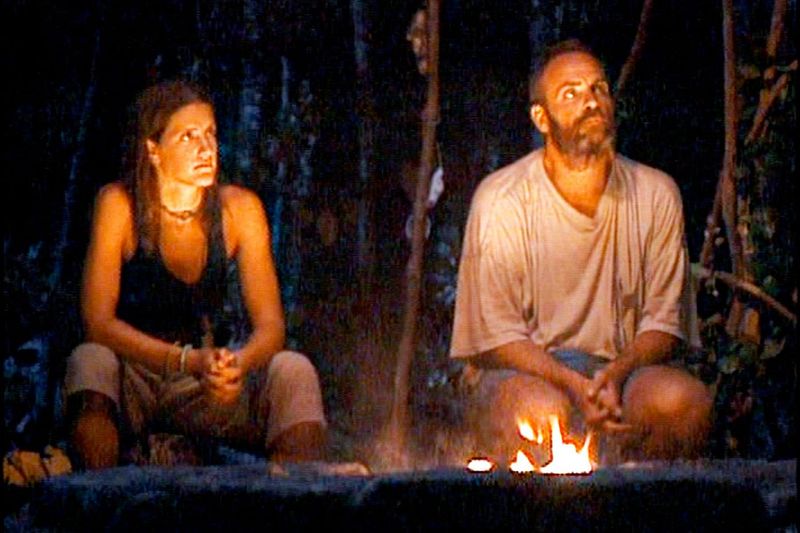
The inaugural season of ‘Survivor’ culminated in a thrilling finale in 2000, birthing the modern reality TV genre. The intense competition, strategic gameplay, and dramatic tribal councils captivated audiences worldwide.
As the blueprint for reality television, ‘Survivor’ demonstrated TV’s ability to innovate and engage viewers in unique ways. It highlighted the allure of unscripted drama and complex social dynamics, paving the way for countless reality shows to follow. The show’s success underscored television’s capacity to continuously evolve and experiment with new formats.
Carrie’s Vogue Photoshoot in ‘Sex and the City’
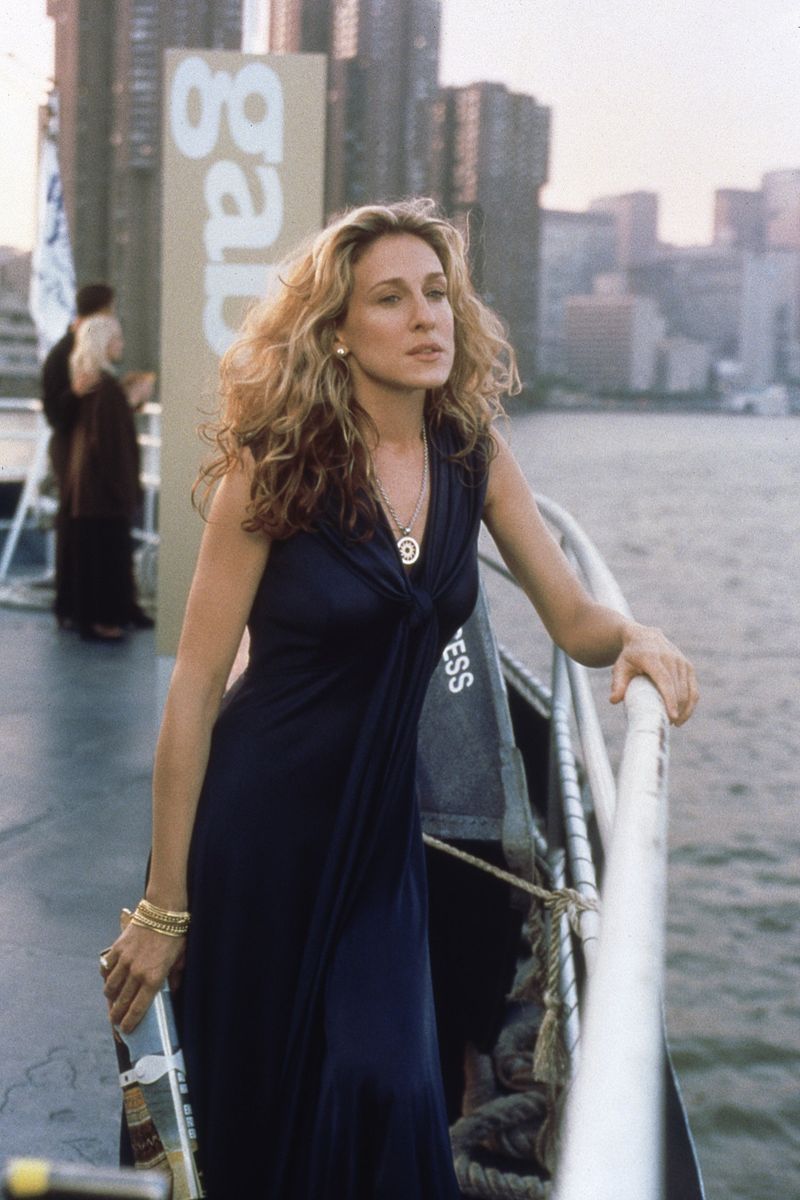
The iconic Vogue photoshoot scene from ‘Sex and the City’ encapsulates the show’s celebration of fashion, friendship, and modern womanhood. Set against the backdrop of New York City, Carrie Bradshaw’s journey as a writer exploring love and self-discovery resonated with viewers.
This moment highlighted television’s ability to reflect contemporary issues and lifestyles, inspiring audiences to embrace individuality and empowerment. By blending humor, romance, and style, ‘Sex and the City’ became a cultural touchstone, influencing fashion trends and shaping perceptions of women’s roles in society.
Walter White’s Transformation in ‘Breaking Bad’
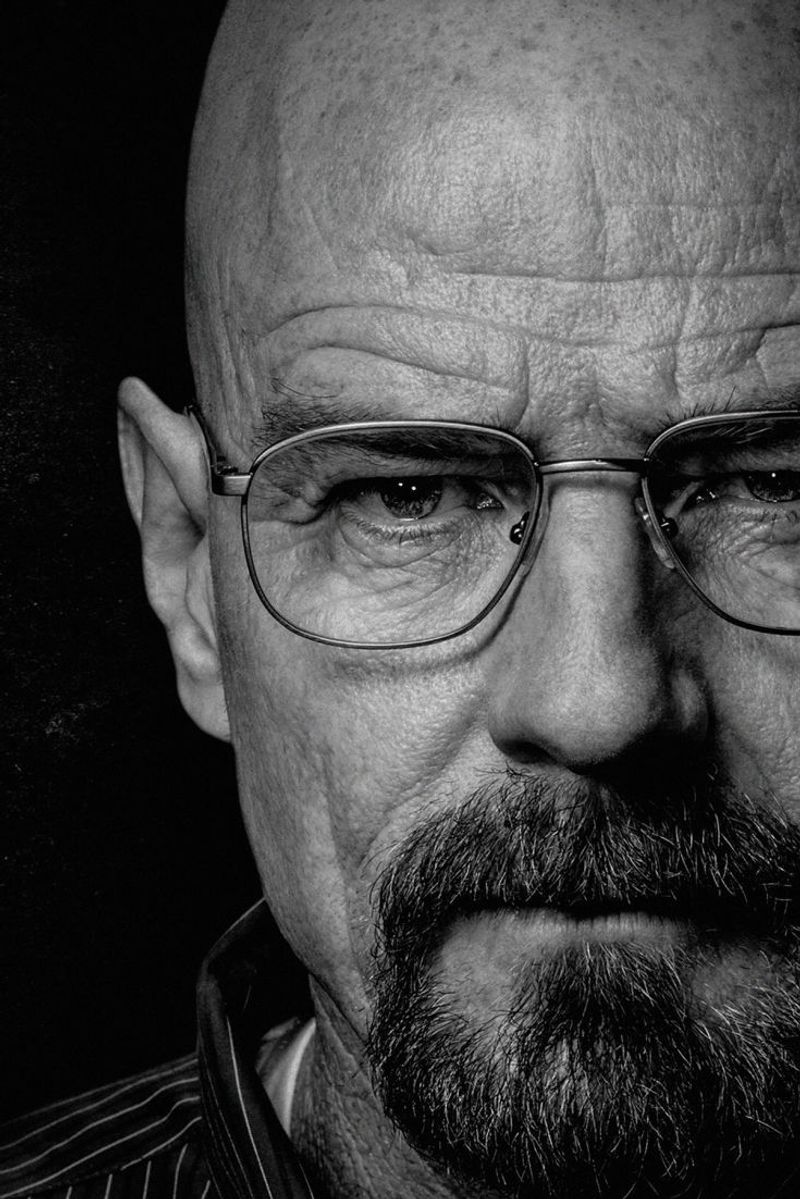
‘Breaking Bad’ masterfully chronicled Walter White’s transformation from a mild-mannered teacher to a ruthless drug lord. Premiering in 2008, the show captivated viewers with its intense storytelling and moral complexity.
Walter’s journey showcased television’s ability to explore the darker aspects of human nature, pushing boundaries in character development. This moment exemplified the medium’s potential to craft compelling narratives that challenge viewers’ perceptions. ‘Breaking Bad’ left an indelible impact on the television landscape, setting new standards for drama series and inspiring a wave of similarly intense storytelling.
The Red Wedding in ‘Game of Thrones’

The Red Wedding episode from ‘Game of Thrones’ became one of the most shocking moments in television history. Airing in 2013, the brutal betrayal and unexpected deaths left audiences stunned.
This pivotal scene demonstrated television’s capacity to subvert expectations and deliver emotionally charged storytelling. The show’s willingness to take risks and challenge viewers’ assumptions set a new benchmark for dramatic television. By intertwining intricate political dynamics and character arcs, ‘Game of Thrones’ captivated audiences worldwide, proving TV’s ability to create unforgettable and impactful moments.
Oprah Gives Away Cars
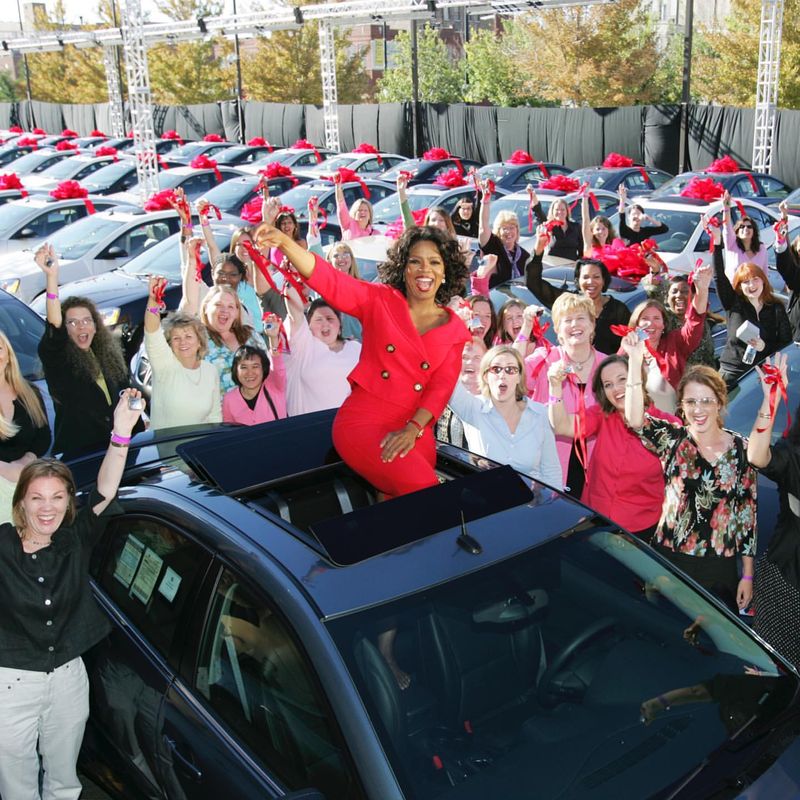
The iconic ‘You get a car!’ episode of ‘The Oprah Winfrey Show’ became a defining moment in daytime television. Airing in 2004, Oprah’s generous surprise captivated audiences and demonstrated the power of unexpected joy.
This moment exemplified television’s ability to create shared emotional experiences, uniting viewers in excitement and gratitude. Oprah’s influence extended beyond entertainment, as her show tackled important societal issues and inspired positive change. By combining compassion with impactful storytelling, Oprah left an enduring legacy on television and continues to inspire audiences worldwide.
David Letterman’s Final Show
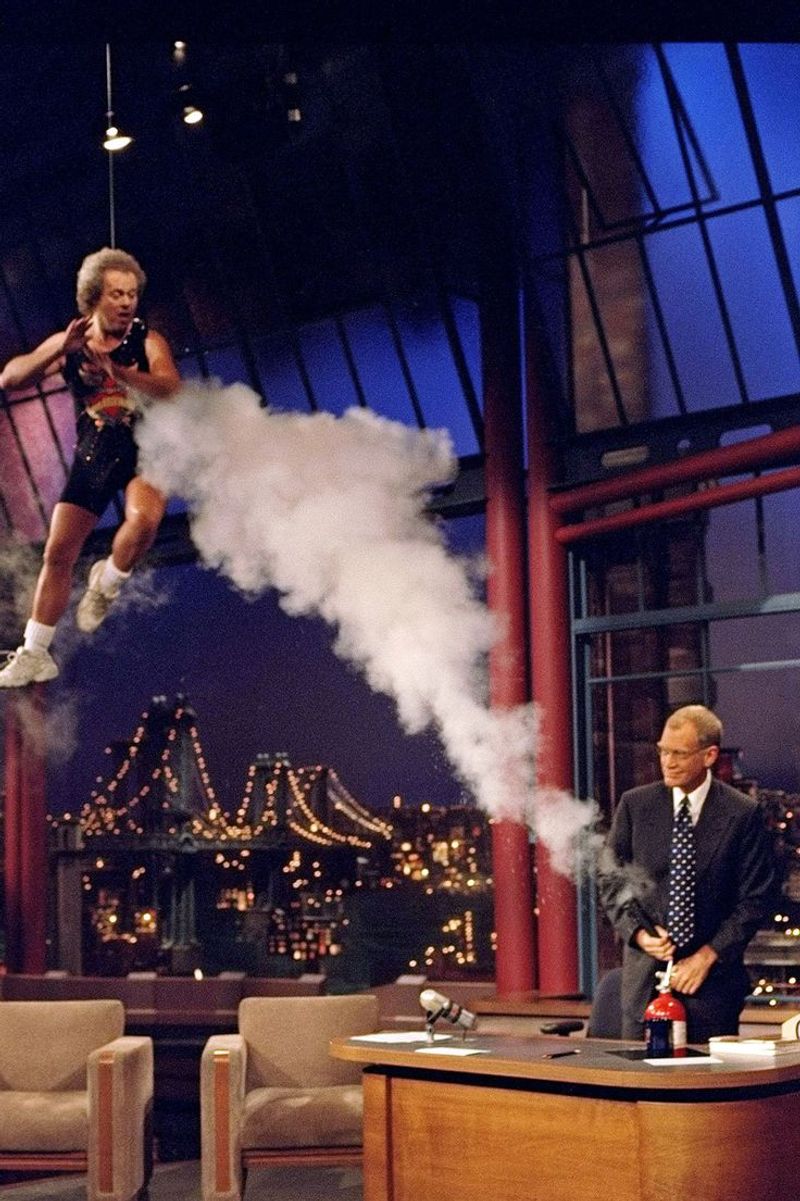
David Letterman’s final episode in 2015 marked the end of an era in late-night television. Known for his wit and irreverence, Letterman’s influence on the genre was profound.
The farewell episode celebrated his legacy, featuring heartfelt tributes and memorable moments from his illustrious career. This moment underscored television’s ability to shape cultural conversations and provide a platform for humor and reflection. Letterman’s departure left a void in late-night TV, but his impact continues to resonate, inspiring a new generation of hosts and comedians.
Barack Obama’s Presidential Election Night
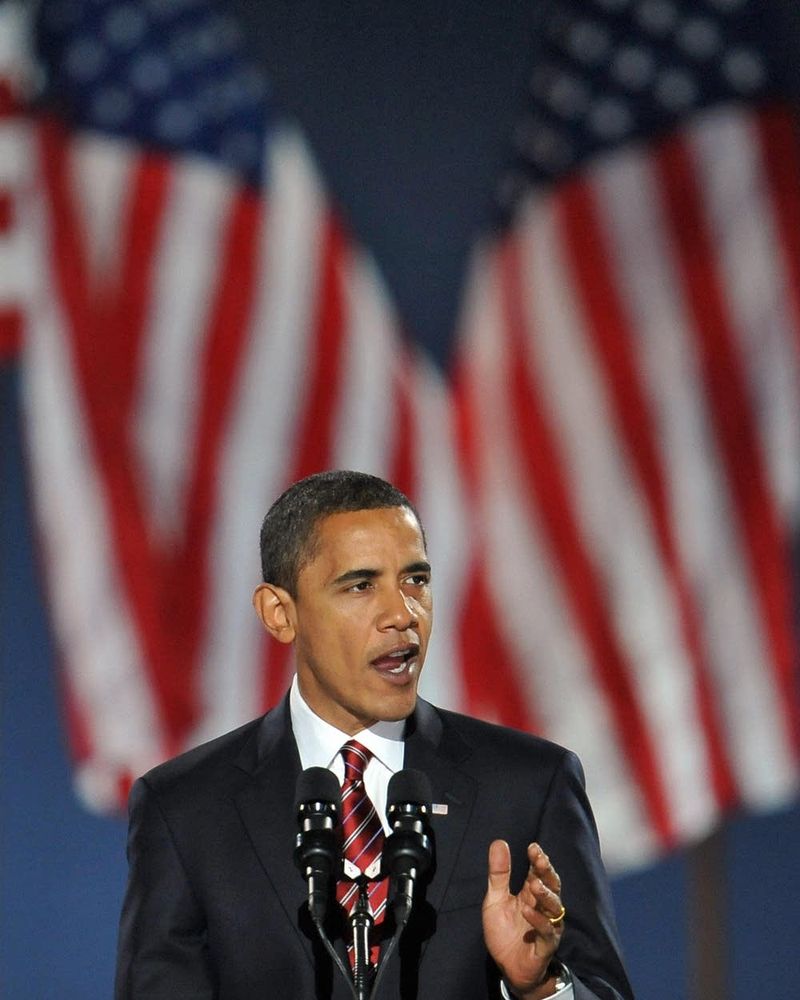
The election of Barack Obama as the first African American President of the United States was a historic moment broadcasted worldwide. On election night in 2008, Obama’s victory speech resonated with hope and change, inspiring millions.
This moment demonstrated television’s role in documenting pivotal events and shaping public perception. The broadcast united viewers in a shared experience, highlighting TV’s capacity to capture history in real-time. Obama’s election marked a significant milestone in American politics, reflecting the power of television to connect and inform audiences during transformative moments.
The First ‘American Idol’ Winner
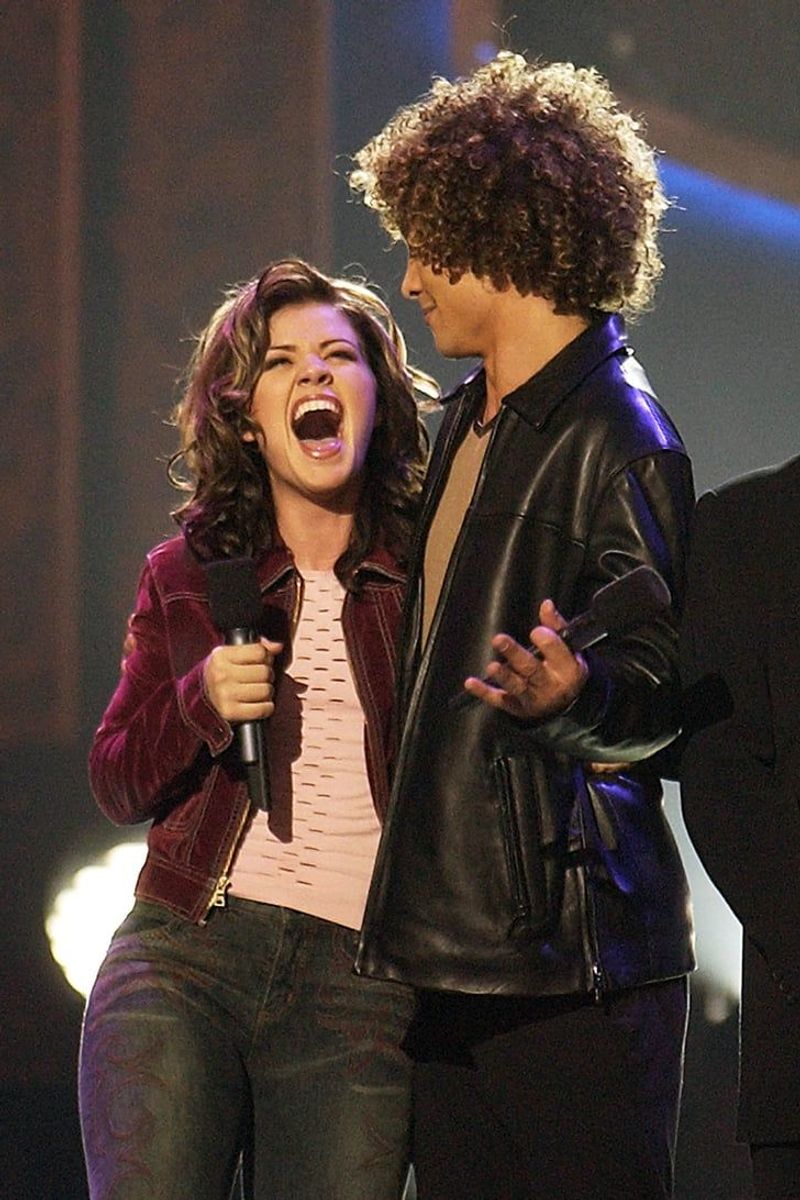
In 2002, ‘American Idol’ introduced audiences to a new era of talent discovery and competition. The show’s first winner, Kelly Clarkson, quickly became a household name, demonstrating the potential of reality TV to launch successful careers.
This moment highlighted television’s ability to engage viewers in interactive and participatory ways, as audiences played a vital role in determining the outcome. ‘American Idol’ paved the way for a wave of talent-based reality shows, showcasing TV’s power to create opportunities and transform lives through entertainment and audience involvement.
The Final Bow of ‘Seinfeld’
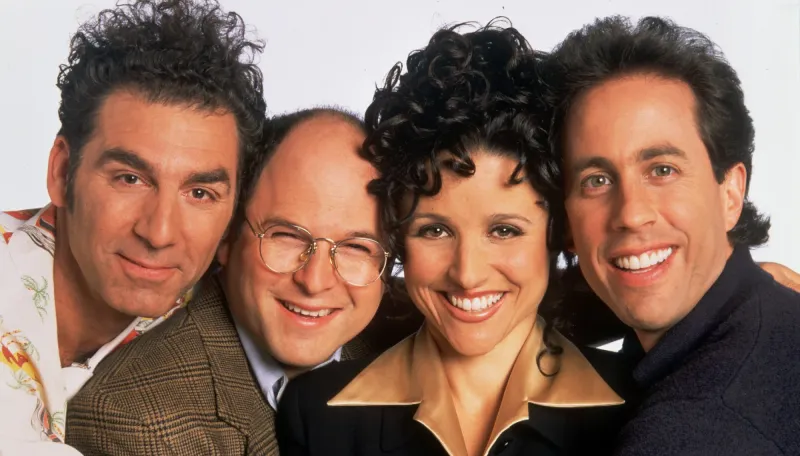
The last episode of ‘Seinfeld’ aired in 1998, marking the end of one of television’s most beloved sitcoms. Known for its humor and ‘show about nothing’ concept, ‘Seinfeld’ left an indelible mark on pop culture.
The finale brought closure to the quirky characters and their misadventures, celebrating the show’s unique comedic style. This moment underscored television’s ability to create enduring cultural phenomena, leaving audiences with memorable catchphrases and iconic scenes. ‘Seinfeld’s’ legacy continues to influence contemporary comedy, showcasing TV’s potential to entertain and inspire laughter across generations.
Lucy’s Pregnancy on ‘I Love Lucy’
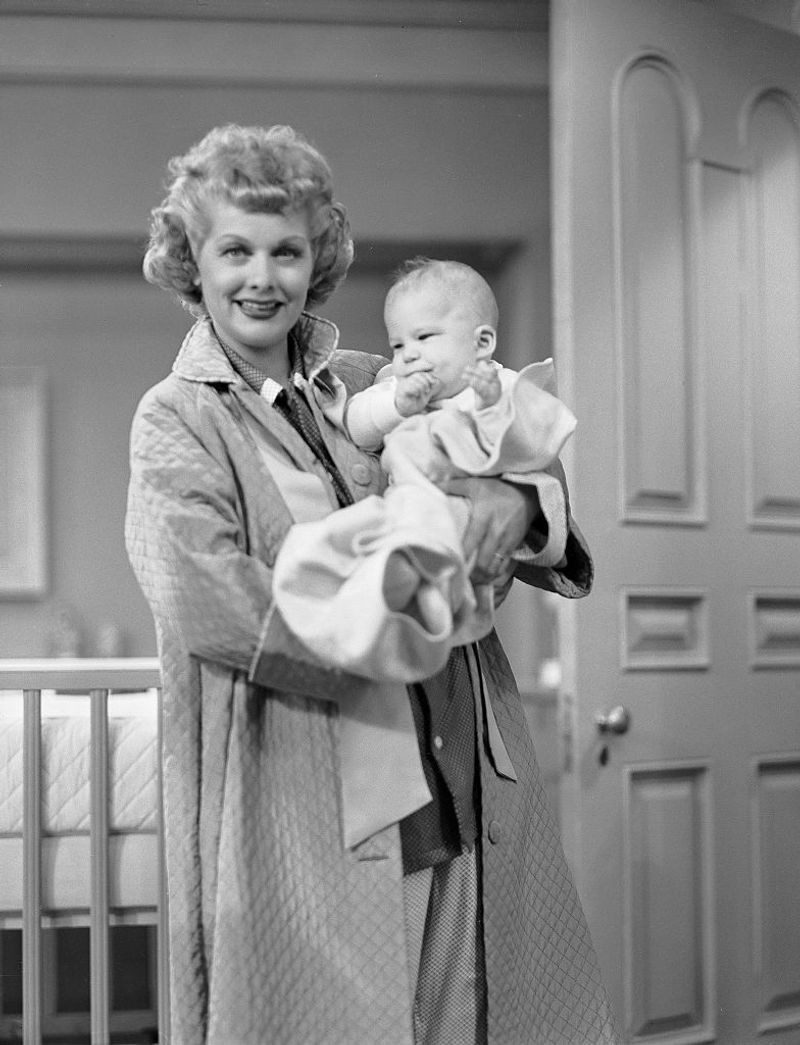
In 1952, ‘I Love Lucy’ broke new ground by addressing Lucille Ball’s real-life pregnancy within the storyline. This decision marked a significant step for television, as pregnancy was rarely depicted on screen at the time.
The episode tackled societal norms and challenged traditional portrayals of women, reflecting the evolving role of women in the 1950s. By integrating humor and authenticity, ‘I Love Lucy’ set a precedent for future shows, highlighting TV’s ability to blend entertainment with progressive storytelling. Lucy’s pregnancy remains a pivotal moment in television history.
‘Roots’ Miniseries Airing
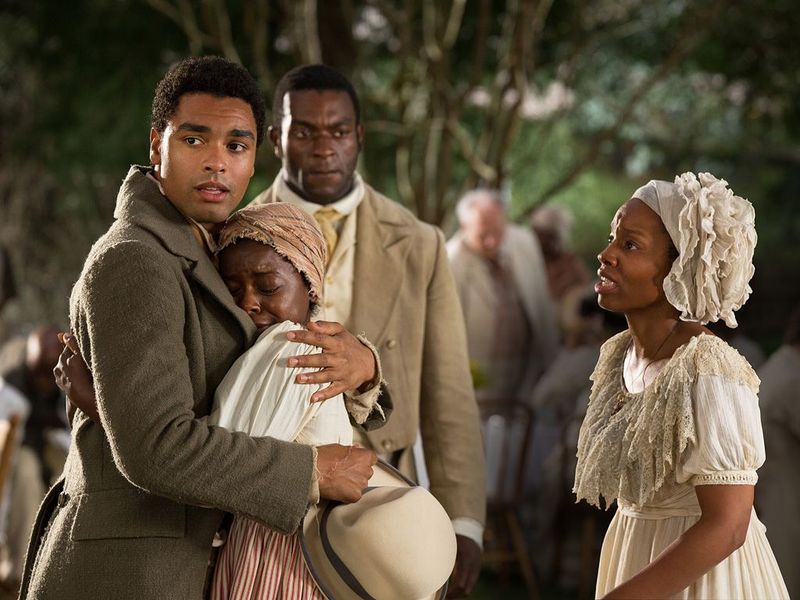
Airing in 1977, the ‘Roots’ miniseries became a landmark event in television history. The adaptation of Alex Haley’s novel traced the harrowing journey of Kunta Kinte and his descendants, shedding light on the brutal realities of slavery.
The series sparked nationwide conversations about race and history, demonstrating TV’s potential to educate and provoke reflection. ‘Roots’ left an indelible impact on audiences, inspiring a greater understanding of America’s past. This groundbreaking moment underscored television’s ability to tackle complex social issues with depth and sensitivity, resonating with viewers for generations.
‘Twin Peaks’ Mystique
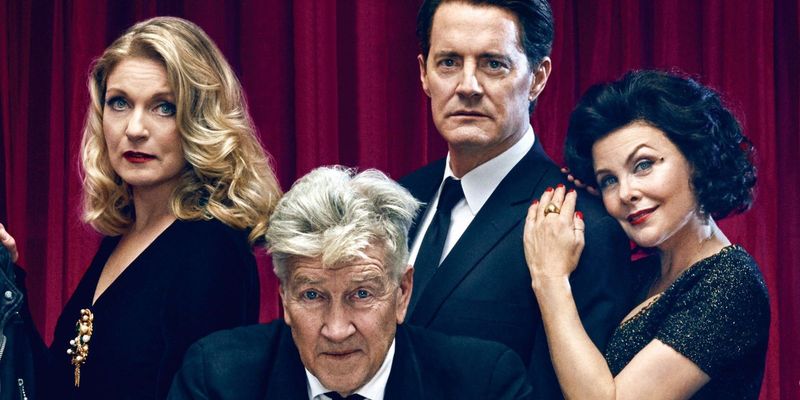
Premiering in 1990, ‘Twin Peaks’ captivated audiences with its enigmatic storytelling and surreal atmosphere. The show’s unique blend of mystery, drama, and supernatural elements left viewers intrigued and puzzled.
Agent Cooper’s investigation into the murder of Laura Palmer became a cultural phenomenon, sparking discussions and fan theories. ‘Twin Peaks’ demonstrated television’s capacity to explore unconventional narratives and challenge traditional storytelling norms. Its influence on subsequent TV series remains evident, as it paved the way for more experimental and avant-garde approaches to television storytelling.
The Llama Chase on Live Television

Television took a bizarre turn when a llama escaped during a live news segment. This unexpected event unfolded in a suburban neighborhood, providing both chaos and comedy. Viewers were glued to their screens as the nimble llama skillfully dodged reporters and evaded capture.
This moment highlighted the unpredictability of live TV, showcasing the reporters’ persistent yet futile attempts to catch the animal. The scene became an instant viral sensation, reminding audiences that truth can be stranger than fiction.
Such moments keep television exciting, breaking the monotony with unexpected hilarity and leaving audiences talking for days.
